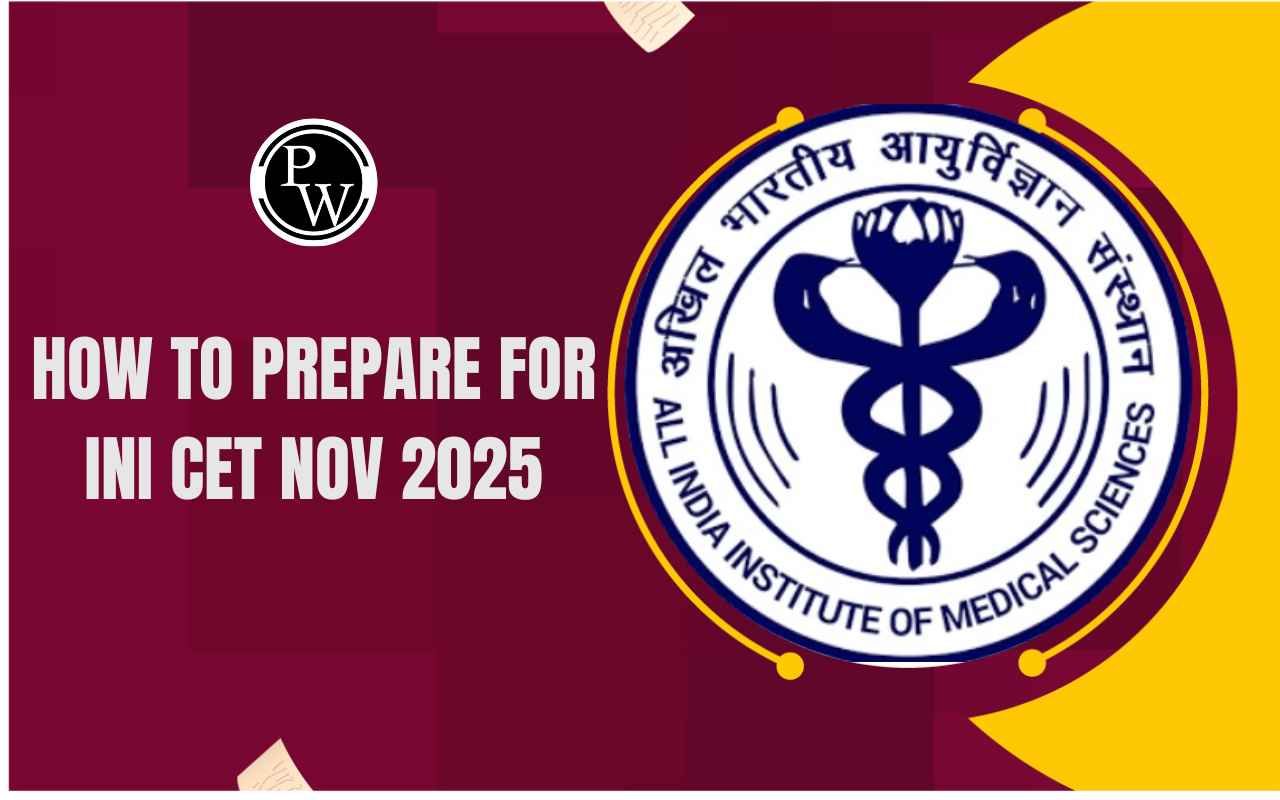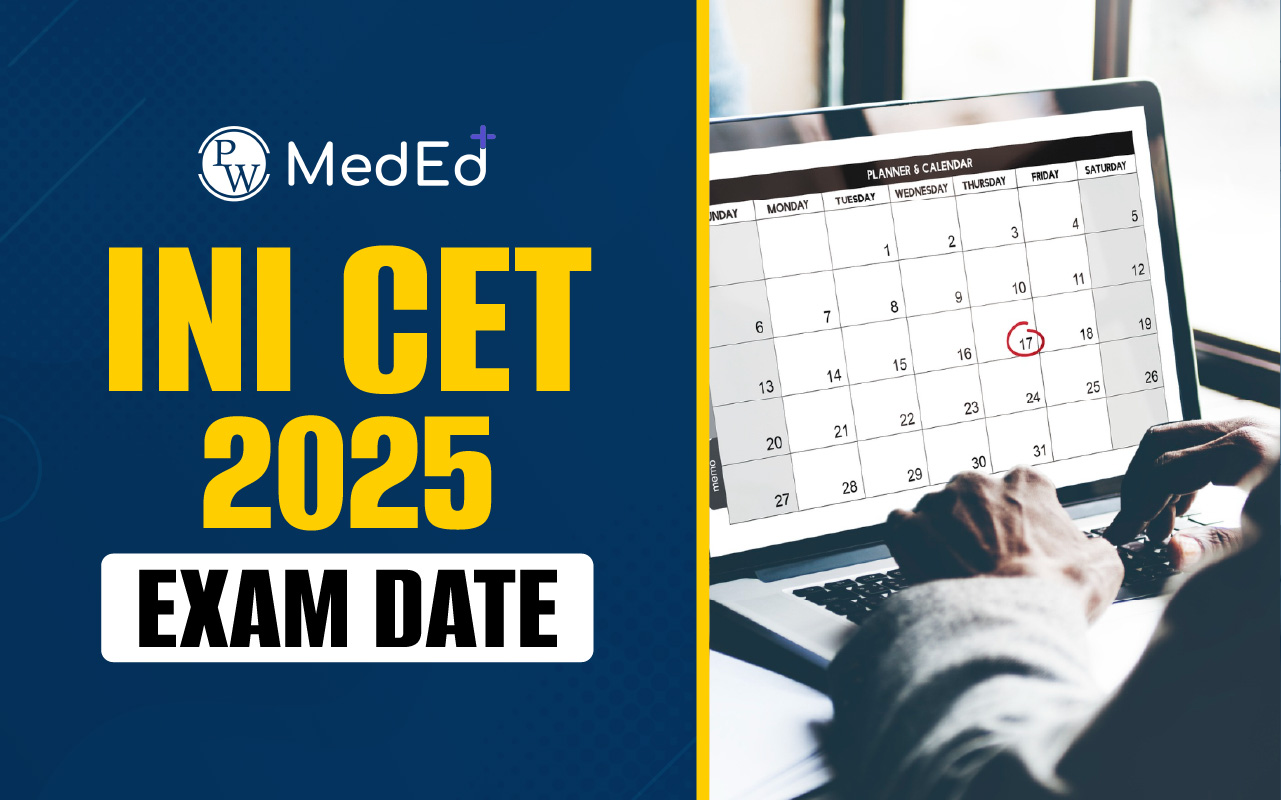

Anatomy of Heart: a central pumping organ key to survival - Heart is a muscular organ which is situated in the mediastinal cavity of chest. Heart is the pumping organ of the body which pumps blood to all parts of the body.
Visit - MedEd App
Read More - Pharyngeal Arches
Location
The heart is located in the thoracic cavity( space surrounded by rib cage and musculature), between the lungs, slightly to the left of the midline of the body. It rests on the diaphragm and is protected by the ribcage. The heart is positioned behind the sternum and in front of the vertebral column, with its apex pointing downward and to the left. The heart is shaped as a quadrangular pyramid. Its base faces the posterior thoracic wall, and its apex is pointed toward the anterior thoracic wall.Layers covering the heart
The heart is composed of three primary layers, each with distinct functions. These are outermost epicardium, middle myocardium and the innermost is the endocardium. Myocardium is responsible for the heart's contractile function, pumping blood out of the heart and throughout the body.Structure
The heart is composed of four chambers, functioning as two separate pumps (right and left) to facilitate blood flow through the systemic(to the whole body) and pulmonary(to the lungs) circulations. Right atrium These are two small chambers in the heart which are the right and the left atrium. The right atrium receives deoxygenated(with low oxygen content) blood from the entire body, excluding the lungs, via the superior and inferior vena cavae. The right atrium functions as the reservoir for collecting deoxygenated blood from the body. Right ventricle The right ventricle receives deoxygenated blood from the right atrium through the tricuspid valve. The right ventricle pumps blood through the right ventricular outflow tract, across the pulmonic valve, and into the pulmonary artery, which carries it to the lungs for oxygenation( increasing the oxygen content) . The wall of the right ventricle is thinner than that of the left ventricle because it only needs to pump blood a short distance to the lungs Left atrium Left atrium receives oxygenated blood from the lungs through pulmonary veins which are four in number. This blood is freshly oxygenated after passing through the capillaries in the lungs. Oxygenated blood fills the left ventricle, passing through the mitral valve. Left ventricle The left ventricle is the primary pumping chamber of the systemic circulation . It receives the oxygenated blood from the left atria through the mitral valve present between the left atrium and left ventricle. Left ventricle pumps this freshly oxygenated blood into the systemic circulation through the aortic valve. The walls of the left ventricle are thicker as compared to the right ventricle because the left ventricle must pump blood throughout the entire body.Valves of the heart
Heart valves separate the atria from the ventricles and the ventricles from the great vessels. These valves consist of two or three leaflets (cusps) that surround the atrioventricular openings and the bases of the great vessels. There are two sets of valves: atrioventricular and semilunar. The atrioventricular valves prevent backflow from the ventricles to the atria. Semilunar valves prevent backflow from the great vessels to the ventriclesPapillary muscles:
Papillary muscles are small, finger-like projections of cardiac muscle located within the ventricles of the heart. They play a crucial role in the function of the heart's valves, specifically the atrioventricular (AV) valves (the tricuspid valve on the right side and the mitral valve on the left side). Backward prolapse( ballooning into the atrium) of the cusps is prevented by the chordae tendineae–also known as the heart strings–fibrous cord-like structure that connect the papillary muscles of the ventricular wall to the atrioventricular valves.Coronary circulation:
The heart must also be supplied with oxygenated blood. This is done by the two coronary arteries: left and right. Heart muscles work constantly so the heart has a very high nutrient need. The coronary arteries rise from the aortic sinuses(dilated structures) at the beginning of the ascending aorta, and then circle the heart–giving off several branches. In this way, oxygenated blood reaches every part of the heart.Coronary sinus:
Venous blood from the heart is collected into the cardiac veins: middle, posterior, and small. They are all tributaries to coronary sinus–a large vessel that delivers deoxygenated blood from the myocardium to the right atrium.Anatomy of Heart FAQs
Describe the function of the heart’s pacemaker ?
The sinus node, the heart’s pacemaker, is situated at the junction of the superior vena cava and the right atrium. It rhythmically generates an electrical discharge about 70 times a minute, initiating the heart's contraction cycle.
How does the right ventricle function?
The right ventricle receives deoxygenated blood from the right atrium through the tricuspid valve. It then pumps this blood through the right ventricular outflow tract, across the pulmonic valve, and into the pulmonary artery, which carries it to the lungs for oxygenation.
What is the tetralogy of fallot ?
Tetralogy of Fallot (TOF) is a congenital heart defect that consists of four anatomical abnormalities of the heart. These abnormalities occur together and affect the flow of blood through the heart and to the rest of the body.
What is the location of the heart in the body?
The heart is located in the thoracic cavity, between the lungs, slightly to the left of the midline of the body. It rests on the diaphragm and is protected by the ribcage. Positioned behind the sternum and in front of the vertebral column, its apex points downward and to the left.
Talk to a counsellorHave doubts? Our support team will be happy to assist you!

Check out these Related Articles
Free Learning Resources
PW Books
Notes (Class 10-12)
PW Study Materials
Notes (Class 6-9)
Ncert Solutions
Govt Exams
Class 6th to 12th Online Courses
Govt Job Exams Courses
UPSC Coaching
Defence Exam Coaching
Gate Exam Coaching
Other Exams
Know about Physics Wallah
Physics Wallah is an Indian edtech platform that provides accessible & comprehensive learning experiences to students from Class 6th to postgraduate level. We also provide extensive NCERT solutions, sample paper, NEET, JEE Mains, BITSAT previous year papers & more such resources to students. Physics Wallah also caters to over 3.5 million registered students and over 78 lakh+ Youtube subscribers with 4.8 rating on its app.
We Stand Out because
We provide students with intensive courses with India’s qualified & experienced faculties & mentors. PW strives to make the learning experience comprehensive and accessible for students of all sections of society. We believe in empowering every single student who couldn't dream of a good career in engineering and medical field earlier.
Our Key Focus Areas
Physics Wallah's main focus is to make the learning experience as economical as possible for all students. With our affordable courses like Lakshya, Udaan and Arjuna and many others, we have been able to provide a platform for lakhs of aspirants. From providing Chemistry, Maths, Physics formula to giving e-books of eminent authors like RD Sharma, RS Aggarwal and Lakhmir Singh, PW focuses on every single student's need for preparation.
What Makes Us Different
Physics Wallah strives to develop a comprehensive pedagogical structure for students, where they get a state-of-the-art learning experience with study material and resources. Apart from catering students preparing for JEE Mains and NEET, PW also provides study material for each state board like Uttar Pradesh, Bihar, and others
Copyright © 2025 Physicswallah Limited All rights reserved.









